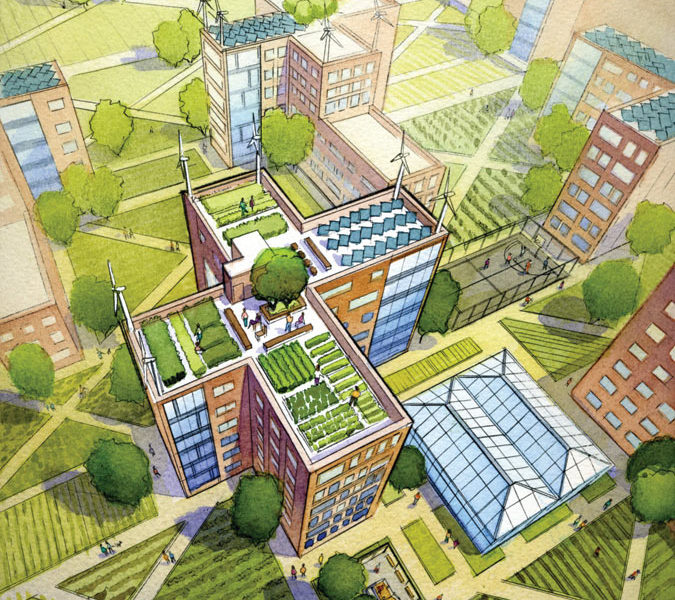Four years ago, expecting her second child and behind in her bills, Rosalind Magwood found herself facing eviction from her apartment in a public housing complex in Brooklyn’s Brownsville. Desperate to avoid ending up in a homeless shelter, she turned to the Brownsville Partnership, which quickly assigned her a case worker and a lawyer, and sent her to a financial literacy class. Today, the 40-year-old mother of four is paid up on all her bills, has a steady job and lives in a larger apartment in the same complex.
From Crain’s New York
“The partnership has helped me a lot,” she said. “I am very grateful.”
Since launching in 2008, the initiative has grown to a staff of 18, has an annual budget of $1.5 million and, more important, has assembled behind it a powerful alliance of public and private agencies to support residents in a neighborhood where nearly one in three families live below the poverty line. To date, the partnership has helped more than 400 Brownsville families hold on to their homes and more than 200 residents find a job.
But as the partnership enters its fourth year, its bold proposal to transform one of the city’s biggest public housing complexes, with 56 buildings, is turning heads across the city and is being hailed as a potential model of socioeconomic development with national applications. The plan aims not just to fix up the buildings and add new units. Also under early consideration are additional elements unheard-of in public housing. They range from retail stores to wind turbines, and greenhouses and gardens capable of yielding fresh produce. All these initiatives are focused on creating jobs and luring visitors.
“Brownsville is a neighborhood that was left behind,” said Rosanne Haggerty, who created the nonprofit behind the Brownsville Partnership, Community Solutions, an offshoot of Common Ground. She founded Common Ground in 1990 to help house the homeless, and today it boasts nearly 3,000 apartments. “It merits significant investment,” she added.


